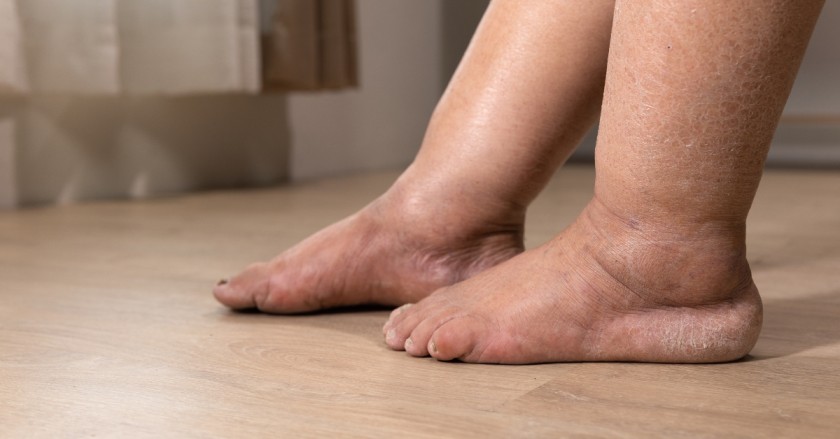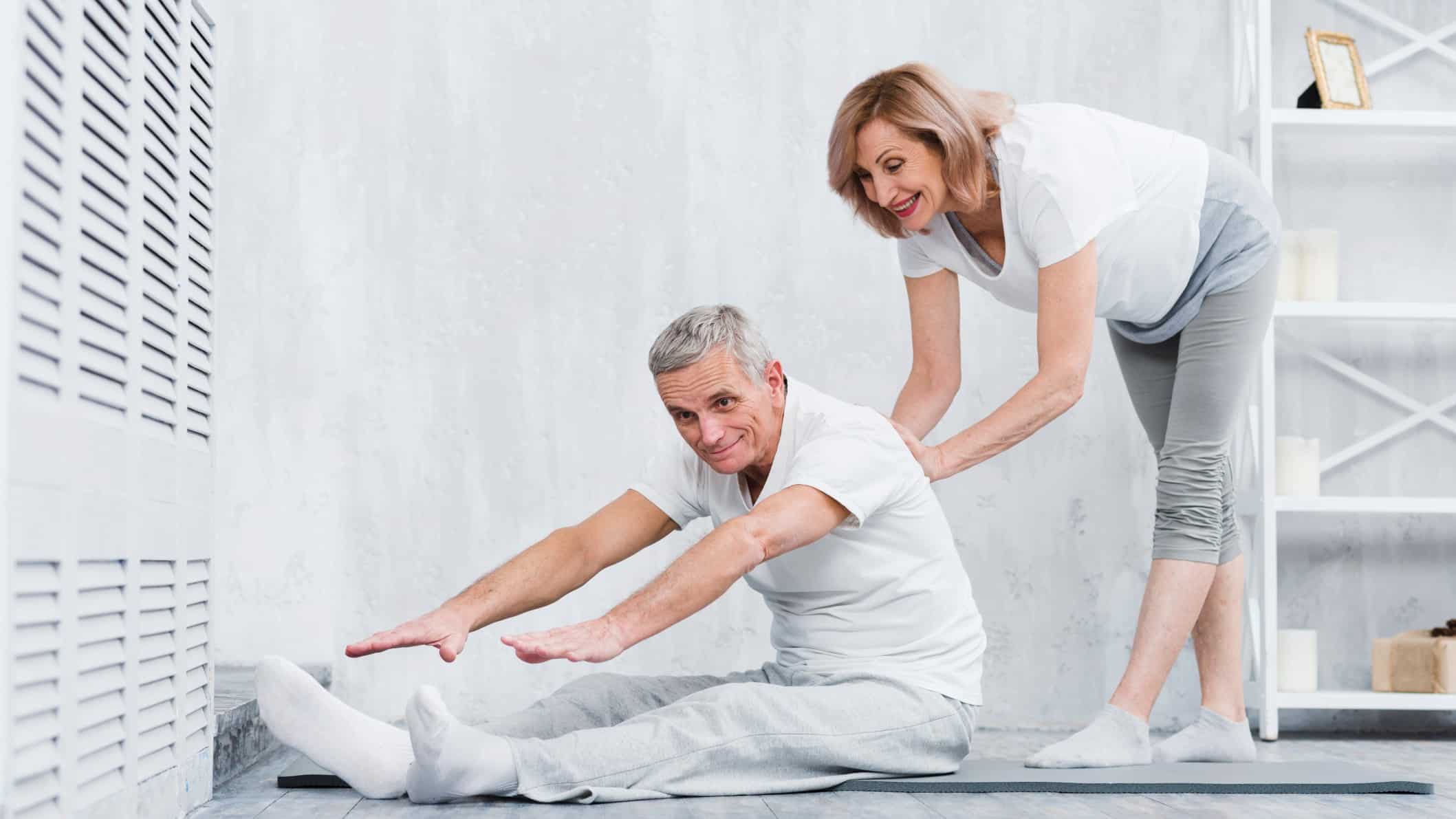Similar to all other body systems like the cardiovascular system, digestive system, everything needs to be in sync including the circulatory system. The circulatory system is responsible for circulating blood for all the organs in the body. A healthy circulatory system helps in determining the rate of healing wounds, enhances heart health, and also gives you a healthier glow.
Generally people affected with poor circulation can find even walking a little distance or even performing basic tasks. Fluid retention related to leg swelling can be extremely uncomfortable and it may also be difficult to use your legs. Blood cannot pass through the restricted or blocked passages and reach the muscles that play a role in providing the oxygen. There might be several reasons for swollen legs and at times it can also indicate an underlying issue.
The most frequently impacted by the condition is the legs. There are some exercises you may take to assist in improving the blood circulation and symptoms even though many factors that contribute to poor circulation and beyond the control, such treatment for leg swelling.
What are the top 5 exercises that calm the leg swelling and improve circulation?
The idea of exercising if legs or feet are swollen may seem contradictory. But it’s one of the best methods to support your body’s response to inflammation. Exercise improves circulation, which prevents blood and lymph fluid from building up in your lower extremities.
Here are some of the exercises that can help in improving the circulation and calming the swelling:
Walking:
When there is inadequate blood supply to the legs, walking can help people in numerous ways. The act of walking encourages the growth of new vessels in the legs, which helps improve blood flow and reduces leg swelling. As it raises the heart rate without posing a major risk or demanding a lot of work, it is also a beneficial exercise for overall cardiovascular health.
Using a treadmill or taking the dog for a walk can be difficult if you suffer from arthritis or a balance problem. Try walking in place rather than exerting yourself and running the risk of being hurt.
Stand close to a chair without wheels, a desk, or a table. With your dominant hand, hold onto the item as you start to walk in place. If you’ve never exercised before, begin with a brief walk of no more than five minutes.
Trunk rotation by lying down:
You must lay flat on your back to perform this workout. Lay down and then crouch with your knees bent and your feet need to stay flat on the ground. After that, slowly allow your knees to sag to one side until your hips and lower abdomen begin to slightly stretch.
Keep your lower back from arching. Return your knees to the starting position in the center after holding the stretch for 15 to 20 seconds. After taking a few long breaths, slowly allow your knees to sag to the opposite side.
Cycling:
Standing for more than a few minutes at a time is challenging when you have a knee or an ankle instability. Cycling is knee-friendly, low-impact activity. It promotes vascular health, strengthens your heart muscle, and enhances the circulation throughout the body, all which can help lessen leg swelling.
Leg lifts by standing:
You must stand next to a table, railing, or counter for this exercise. Spread your feet out to shoulder width. After that, carefully raise your right leg behind you while maintaining a straight knee until you feel a light stretch.
Return your leg to the ground after holding it there for 5 to 10 seconds. Your left leg should be stretched similarly.
Squats:
Want to get stronger, less swollen, and more independent? Make squats. Barbells are unnecessary because body weight is sufficient.
Your feet should be somewhat broader than shoulder width apart as you stand. Then, like you would when preparing to sit down on a chair, thrust your hips back and bend the knees. Avoid falling back onto your heels or leaning forward into your toes and your weight needs to be balanced in the middle of your feet. Squat down until the knees are 90 degrees from the floor.
What are the best lifestyle tips to follow for leg inflammation other than exercises?
Here are the best lifestyle tips that help in relieving the leg swelling:
Elevation:
When it comes to leg swelling, gravity is the biggest enemy. When you stand or sit, the blood needs to fight against the gravity for the blood to circulate. To help in circulation and reduce leg swelling, it is important to avoid standing for long periods. And in case you are sitting ensure to keep your legs elevated.
Compression:
This is the biggest gift and has been in use since ages. Compression may be bright and look like stockings. But it is important to find the best-fitting stockings. These compression stockings work by gently putting pressure on the veins of the legs that helps in blood circulation.
Healthy eating:
Consuming foods loaded with sodium content can worsen leg swelling. Avoiding highly processed foods and also in general reducing sodium intake can help in relieving leg swelling. Include foods like fruits, vegetables, and proteins to your diet to promote good circulation.
It is also important to keep the body hydrated as it offers a lot of health benefits along with reducing leg swelling.
Along with these exercises and lifestyle changes, it is important to consult the best nephrologist for the right guidance and care.
How exercises help in reducing leg swelling?
By performing regular exercises, the overall extra mass in the body is reduced and this helps in smooth circulation. Also it helps the lymphatic system to work properly avoiding any fluid retention and leg swelling.
Are swollen legs a medical emergency?
Mild or acute leg swelling is something common and nothing to worry about. But if you are someone with chronic leg swelling and even after trying a few home remedies your leg swelling does not seem to reduce it can be due to an underlying condition. Immediately consult a doctor for immediate diagnosis and seek treatment.
Important takeaway:
You can take particular actions to improve your blood flow if your legs don’t have good circulation. One of the most crucial actions you can take to increase circulation is to move more.
Reach out to get leg swelling treatment if you are facing chronic swelling.




